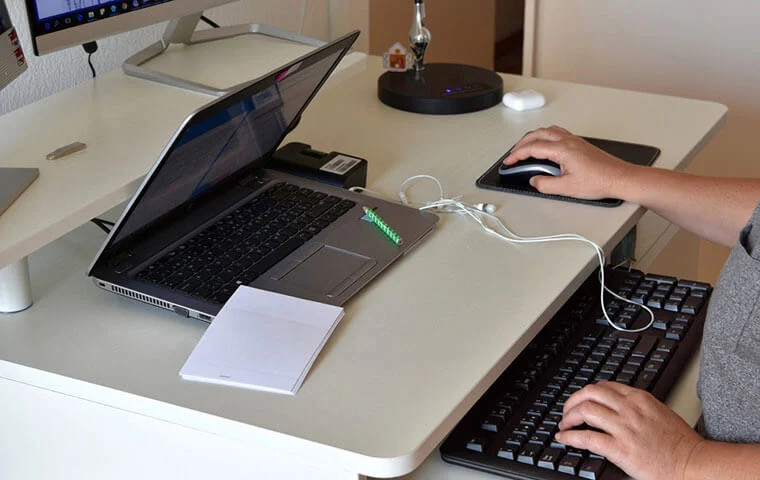
The Biden administration’s directive that could result in cutbacks in telework for many federal employees more closely than ever ties decisions on the mix of onsite vs. offsite work to the impact on agency productivity. At the same time it essentially admits that, now more than three years since the pandemic was first declared, the impact still is undocumented.
The memo is not specifically directed to onsite vs. offsite work; its title doesn’t include those terms nor even the word telework—and that word appears just nine times in a 19-page document. However, that is inherent in its instructions to agencies for “measuring, monitoring, and improving organizational health and organizational performance in the context of evolving agency work environments.”
It tells agencies to develop ways to gauge organizational health and performance to aid them “in monitoring the effect of changes to workforce and operational policies and practices”—again, without specifically mentioning telework.
“Agencies should consider, in particular, indicators that when analyzed can help identify how changes in work environments affect organizational health, organizational performance, and mission delivery, such as adverse or beneficial impacts of telework and other personnel and workplace policies and practices,” it says.
As part of that review, though, they also are to consider “employee and manager surveys regarding telework, remote work, work schedules, or other flexibilities for employees.” Such surveys typically show strong support.
Agencies are to report to OMB in the summer on their reviews, including addressing “evidence gathered on beneficial or adverse impacts of operational policies, including any expansion of telework, on the agency’s performance of its mission, including impact on customer experience, significant operational costs, and the agency’s ability to recruit and retain top talent.”
It adds, “Consistent with trends over the last two years, plans should reflect the expectation that customer-facing personnel and units generally continue to substantially increase meaningful in-person work in federal offices”—unless they can make the case that they can “meet service-delivery objectives” without increasing onsite work.
The impact of historically high levels of offsite work has long been an issue, with many members of Congress—mostly, but not exclusively, Republicans—blaming it for degraded levels of service to the public at agencies such as the SSA, IRS and VA. That led to the House passing on a party-line vote a bill to roll back telework to 2019 levels pending a review of the impact—a bill that is not expected to advance any farther.
The main sponsor of that bill, Rep. James Comer, R-Ky., criticized the OMB memo as shedding “virtually no light on when federal employees are returning to their offices – or under what conditions continued elevated levels of telework may be warranted.” He said his Oversight and Accountability Committee intends to contact agencies individually for reports on telework, adding that it’s “essential the federal workforce get back to the workplace and provide better service to the American people.”
Federal employee unions in contrast argue that increased offsite work has improved productivity and has had other beneficial effects to agencies such as improved recruiting and retention, citing several surveys they have conducted of their members.























